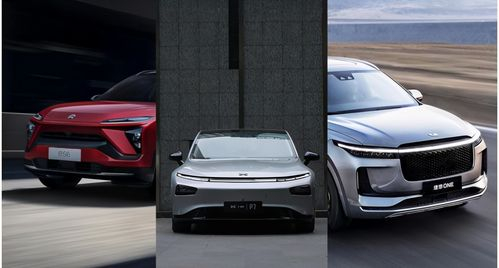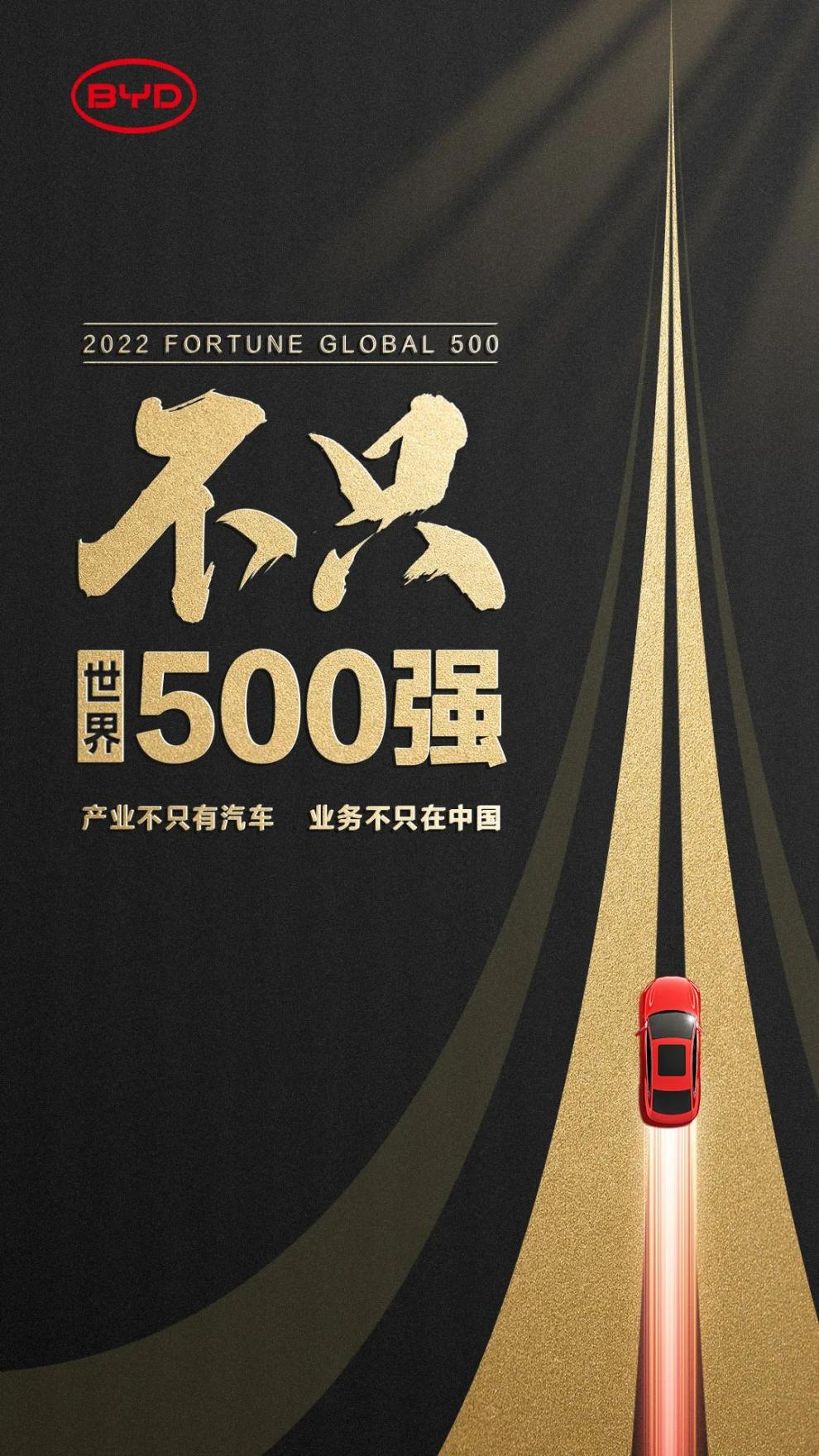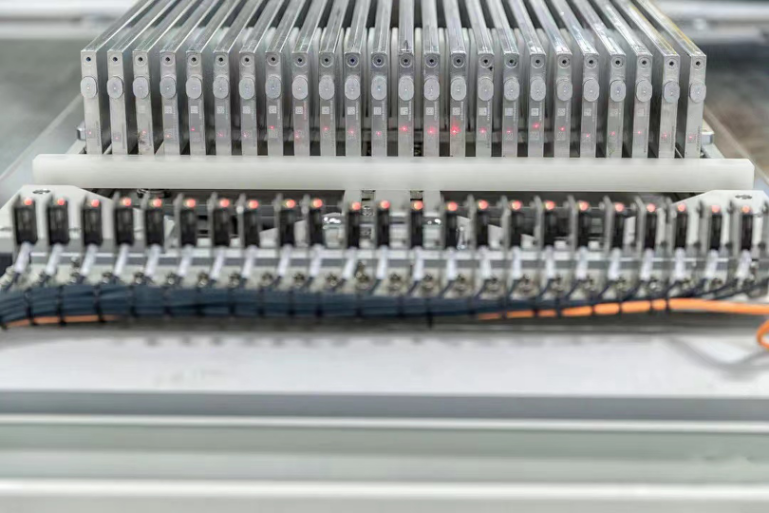World’s Top 500: The Next Rising Industry
Recently, Fortune Magazine released the latest edition of the “World’s Top 500” list, with 145 Chinese companies making the cut. In the 2022 rankings, in addition to the familiar traditional state-owned enterprises such as State Grid, PetroChina, and Sinopec, there are also some new faces. For example, the logistics industry’s SF and the “new star” in the automotive industry, BYD.
Since its inception in 1955, the “World’s Top 500” list from Fortune Magazine has been regarded as the most authoritative ranking for measuring the strength of large global companies. The “World’s Top 500” label has also been seen by many Chinese people as a standard for evaluating a company’s “good or bad”. Compared with enterprise rankings released by magazines such as Forbes and BusinessWeek, Fortune Magazine’s list is based more on enterprise sales revenue and includes a wider range of companies. To some extent, this list represents a trend indicator, not only reflecting the development of enterprises, but also revealing the rise and fall of different industries.
In the past few decades, the mainstream camp of the “World’s Top 500” list has undergone various changes. In 2012, Greentown Group with 244.575 billion yuan in revenue became the first Chinese real estate company to enter the list. Since then, Vanke, Greentown, Poly, Evergrande, Wanda, Country Garden, Sunac China, and other real estate companies have become the mainstream Chinese companies on the list for a time.
After the real estate companies, rapidly rising internet companies took over the “flag”. Companies such as JD, Alibaba, Tencent, Huawei, and Xiaomi began to frequently appear on the “World’s Top 500” list. But as the country’s internet supervision tightened, a new type of enterprise began to enter the list, the “transformers” of traditional industries. As the degree of transformation deepens, these enterprises have the potential to become frequent visitors to the list after internet companies.
When it comes to the transformation of traditional industries, the auto industry is the one that cannot be ignored the most. This traditional industry with a history of 100 years is being fiercely impacted by new technology. New energy technology is changing traditional fuel power systems, and intelligent technology is striving to change the interaction between people and cars and between cars.
According to data from the Ministry of Public Security, as of the end of June this year, China’s automobile ownership has reached 310 million, of which only 10.01 million are new energy vehicles. If all fuel vehicles were replaced with new energy vehicles, it would be a super-large market far exceeding trillions of yuan.
Because of this, the automotive industry has seen a lot of “rookies” in recent years. In addition to new automotive forces like Nio, Ideal, and XPeng, there are also new automotive forces like Baidu, Xiaomi, Huawei, and Evergrande. As internet companies and real estate companies that have repeatedly made the “World’s Top 500” list start to transform into carmakers, we can also get a glimpse of the broad development prospects of this market.
In the capital market, any enterprise related to the word “car-making” has seen its market value soaring. For example, Xiaokang Stock, which teamed up with Huawei, saw its stock price skyrocket to 90.5 yuan per share, nearly 5 times the price before the partnership was announced. Due to the hot sales of their joint brand SyLphy, Xiaokang Stock even changed its stock symbol that had been used for 15 years to “SyLphy”.
Riding against the tide of code
Under the broad market prospects and the pressure from related enterprises, traditional car companies have also started to transform. In the list of “Fortune Global 500” this year, there are more than 20 automotive companies. Among them, the most noteworthy Chinese car company is BYD. Compared with last year’s list, the rankings of traditional car companies such as SAIC, FAW, Dongfeng, BAIC, and GAC have all declined, while BYD’s ranking has steadily risen.

According to the ranking criteria of “Fortune Global 500”, one of the important reasons why BYD can stand out is the significant increase in revenue. In 2021, BYD’s revenue reached 216.1 billion yuan, achieving a year-on-year increase of 38% under the combined factors of rising raw material prices and the global pandemic.
As a car company, the biggest source of BYD’s revenue growth comes from vehicle sales, and new energy vehicles are its main target. In the past year, BYD’s sales of new energy vehicles exceeded 600,000, with a year-on-year growth of over 218%, ranking first in China’s new energy vehicle sales for 9 consecutive years. In 2021, BYD became the first Chinese brand to produce one million new energy vehicles, and also the enterprise that produces one million electric vehicles the fastest in the world.
New energy vehicles are undoubtedly BYD’s “bet” on future development, and this “bet” requires not only courage but also strength. Strictly speaking, as a traditional car company that has been established for nearly 30 years, BYD should be an old car company that “should” actively seek transformation in the face of the impact of new technologies. But now, BYD is ahead of its peers.
One reason is vision. As early as 2007, BYD Chairman Wang Chuanfu asserted that “the future belongs to hybrid cars and electric cars, not gasoline cars.” According to this development direction, BYD launched the world’s first mass-produced plug-in hybrid car F3 DM in 2008, and opened the road of new energy development.
Another reason is perseverance. After determining the direction of new energy, BYD has persisted in research and development in this field for nearly 20 years, and has obtained many new technologies that are not possessed by car companies on the market, such as DM-i super hybrid, blade battery, e-platform 3.0, and CTB battery-body integration technology.
From power batteries, electric vehicle platforms, to body-integrated technology, and to fuel-efficient and electricity-saving super hybrid, BYD has firmly grasped the core technologies of new energy vehicles. Reflected in the product end, these obscure and difficult-to-understand technologies have evolved into three tags: safety, energy saving, and super long endurance.
These are also the most concerned product characteristics of potential new energy vehicle owners. Because of this, models such as Qin PLUS, Song PLUS, and Tang equipped with related technologies have achieved “sold out as soon as they hit the market”, achieving the small goal dreamed by many new forces in the early stages of listing “monthly sales surpassing ten thousand”.
This also gave BYD the confidence to fully turn to electrification. In April 2022, BYD announced the cessation of production of fuel vehicles, becoming the first car company in the world to formally announce the cessation of production of fuel vehicles. After this, BYD’s new energy vehicles “sold like hot cakes”, with cumulative sales exceeding 800,000 units in the first seven months of this year, and it is expected to break through 2 million units by the end of the year.

From the market feedback, BYD has been steadily ahead of most automakers in the field of new energy vehicles, but is BYD just a new energy vehicle company? The answer seems to be negative. Established for nearly 30 years, BYD has been continuously exploring beyond the boundaries of car-making. For example, BYD is the only car company that masters core technologies such as batteries, motors, electronic control, and chips. Its subsidiaries include Fudi Battery and BYD Semiconductor. Its products have been realized for external supply, and its next goal is independent listing. BYD has also ventured into rail transportation, smartphones, laptops and other fields. The development of different business areas can provide BYD with broader imagination space for the future.
In the 2022 “Fortune Global 500” list, BYD is the only company in the automotive industry with the above capabilities. With the increasing wave of automotive transformation, BYD will also stand at a higher starting point.
This article is a translation by ChatGPT of a Chinese report from 42HOW. If you have any questions about it, please email bd@42how.com.
